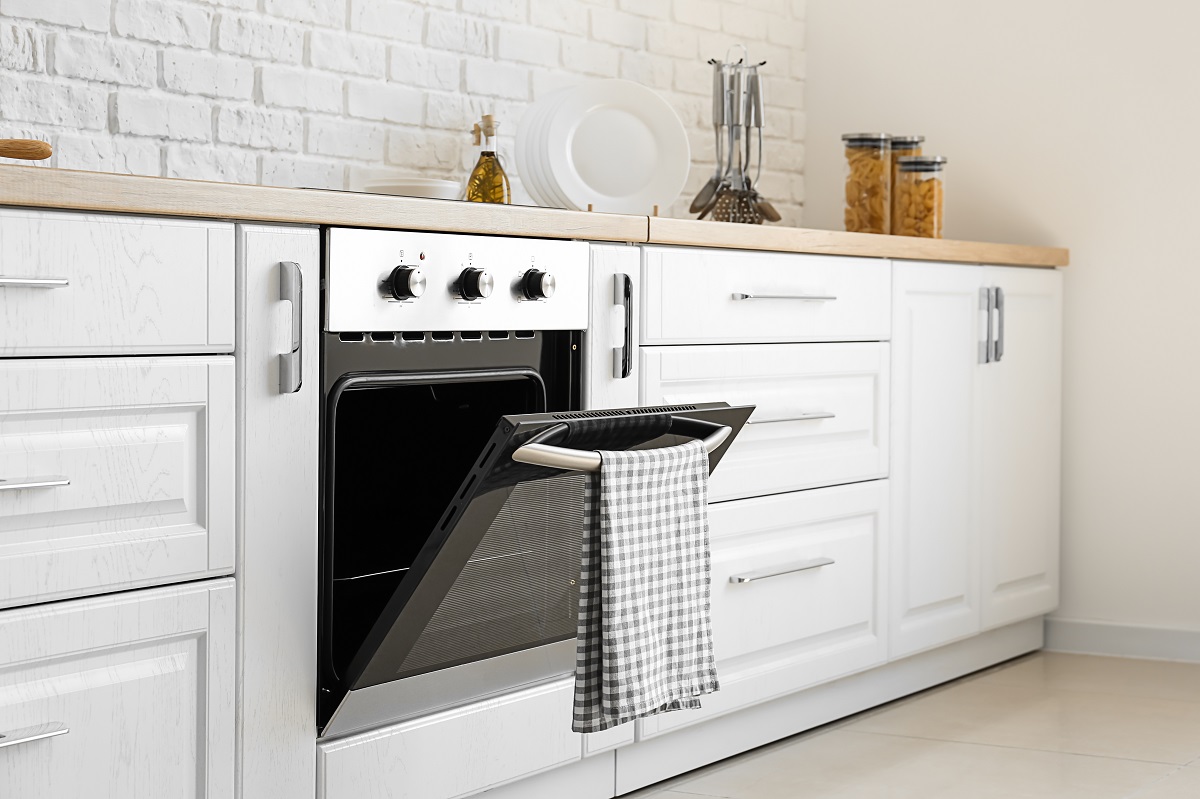
3 Easy Ways to Put a Little Lovin’ Into Cleaning Your Oven
Your oven is the star of the show when it comes to major celebrations. (Think Thanksgiving!) Roasting, baking, braising, broiling, even air frying – is

Your oven is the star of the show when it comes to major celebrations. (Think Thanksgiving!) Roasting, baking, braising, broiling, even air frying – is
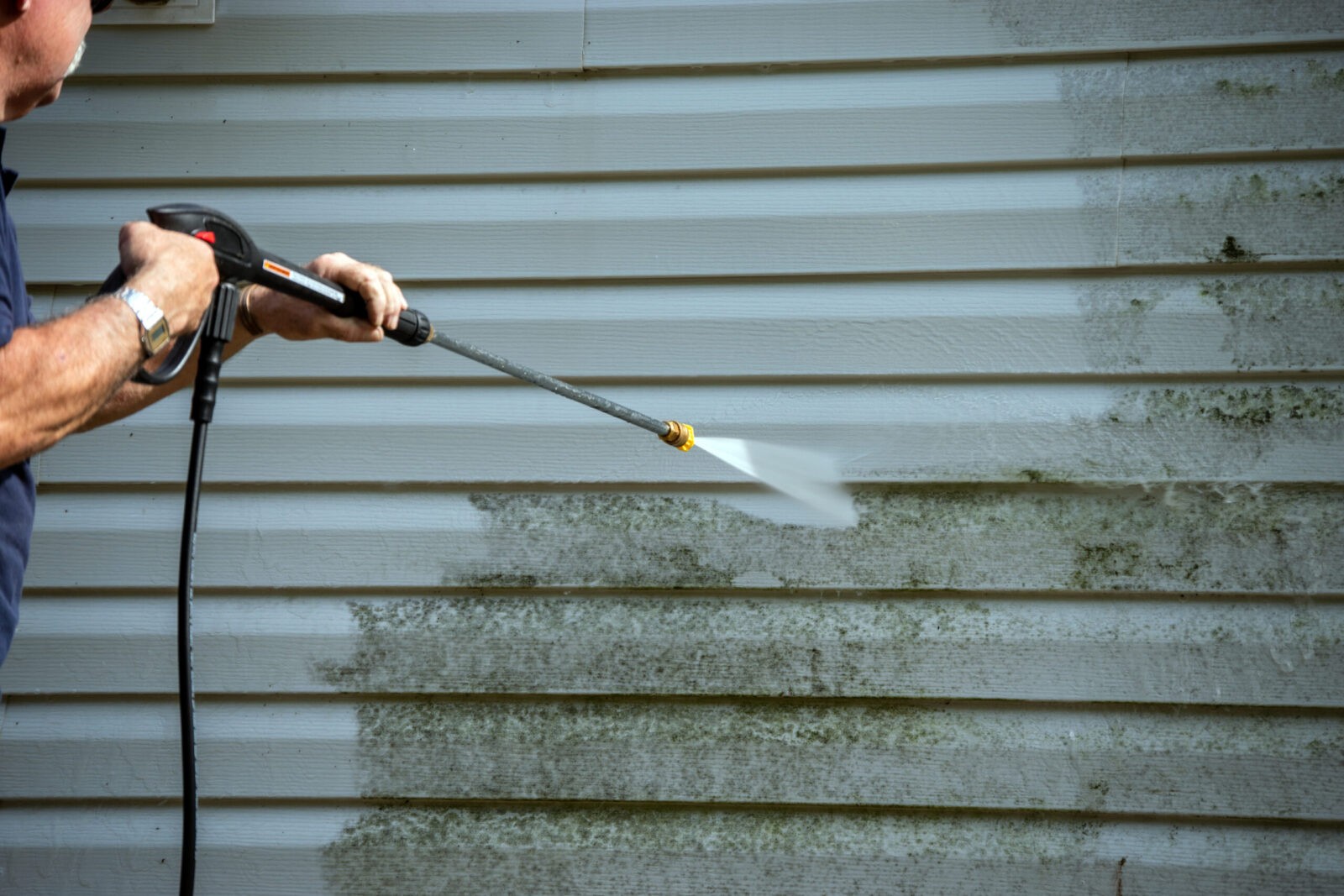
Summertime is the perfect time to make your way out onto your deck with a nice cold beverage and the beach read you’ve been meaning

Last summer kicked off with a sizzling start. An early heat wave hit the southern states in early June, and the reemergence of El Niño
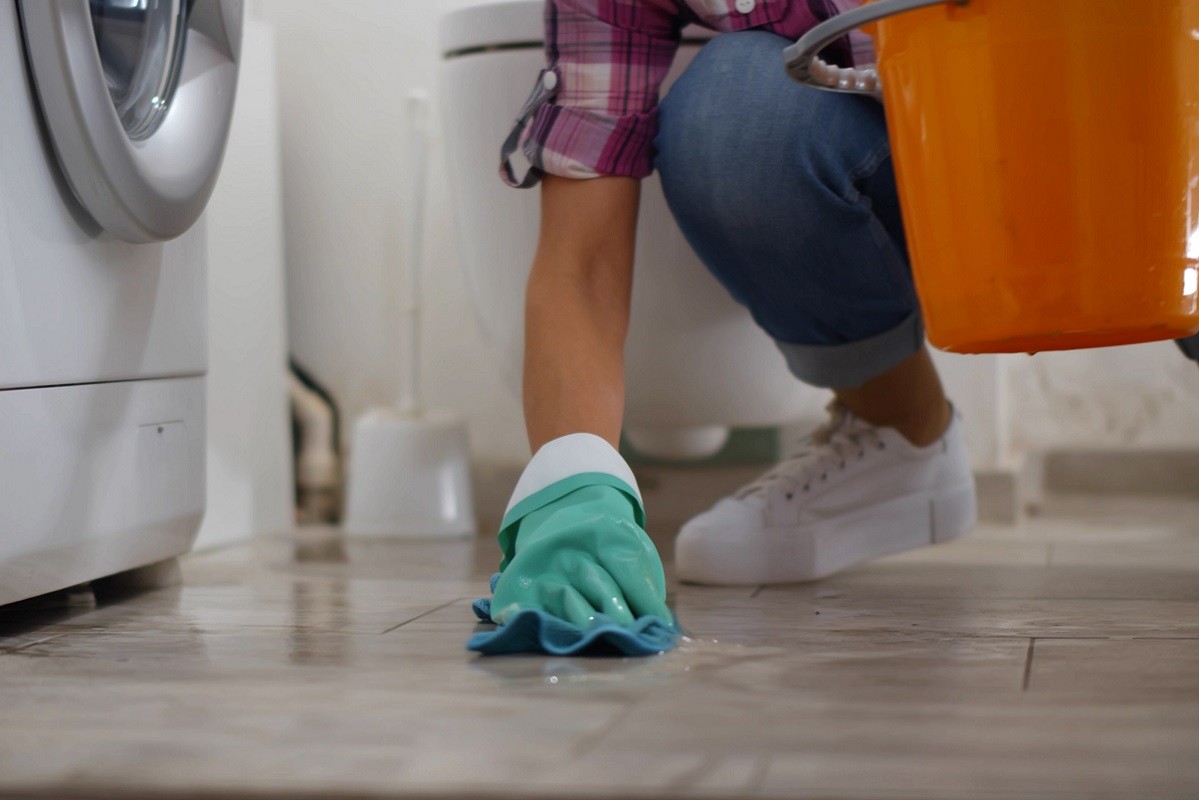
Laundry can be the bane of your existence. However, when your machine won’t turn on, you hear a clunking sound, or see water around the
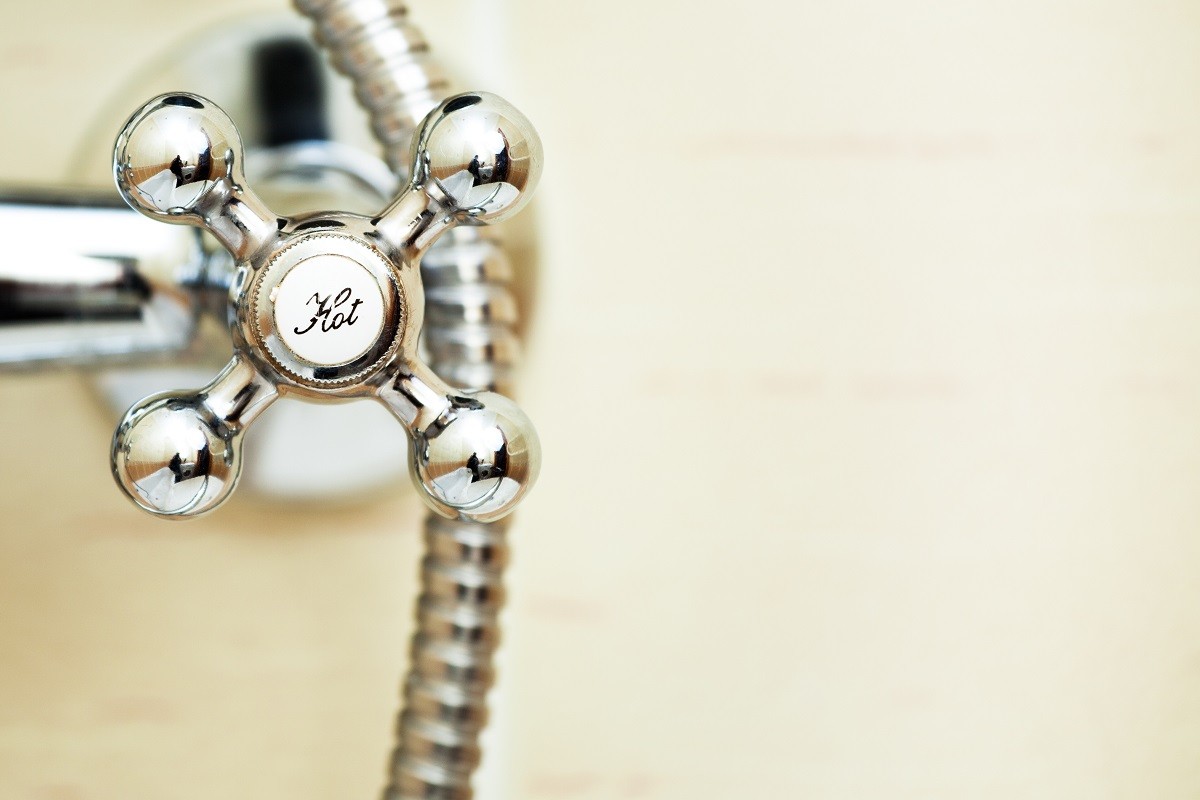
Buildup, sediment, and corrosion – these words should strike fear into the heart of every homeowner. These items can cause your hot water heater to

Rising utility bills, rolling summer blackouts, and the drastic effects of climate change have led many to wonder, “What can I do to help lower

Our phones are smart. Our cars are becoming smarter. It was only a matter of time before our homes followed suit. Of course, smart homes
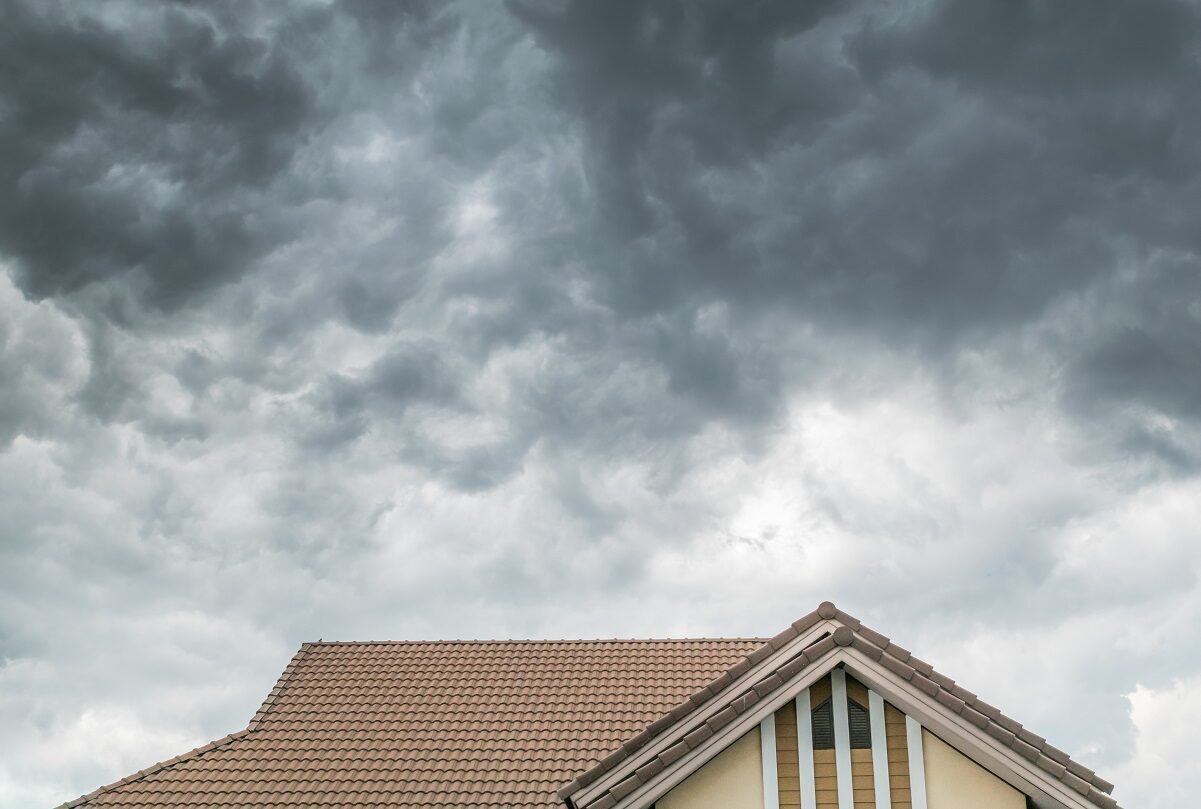
Last October, one of our team members returned home from a vacation to find three inches of water in her basement. Unfortunately, her water heater,
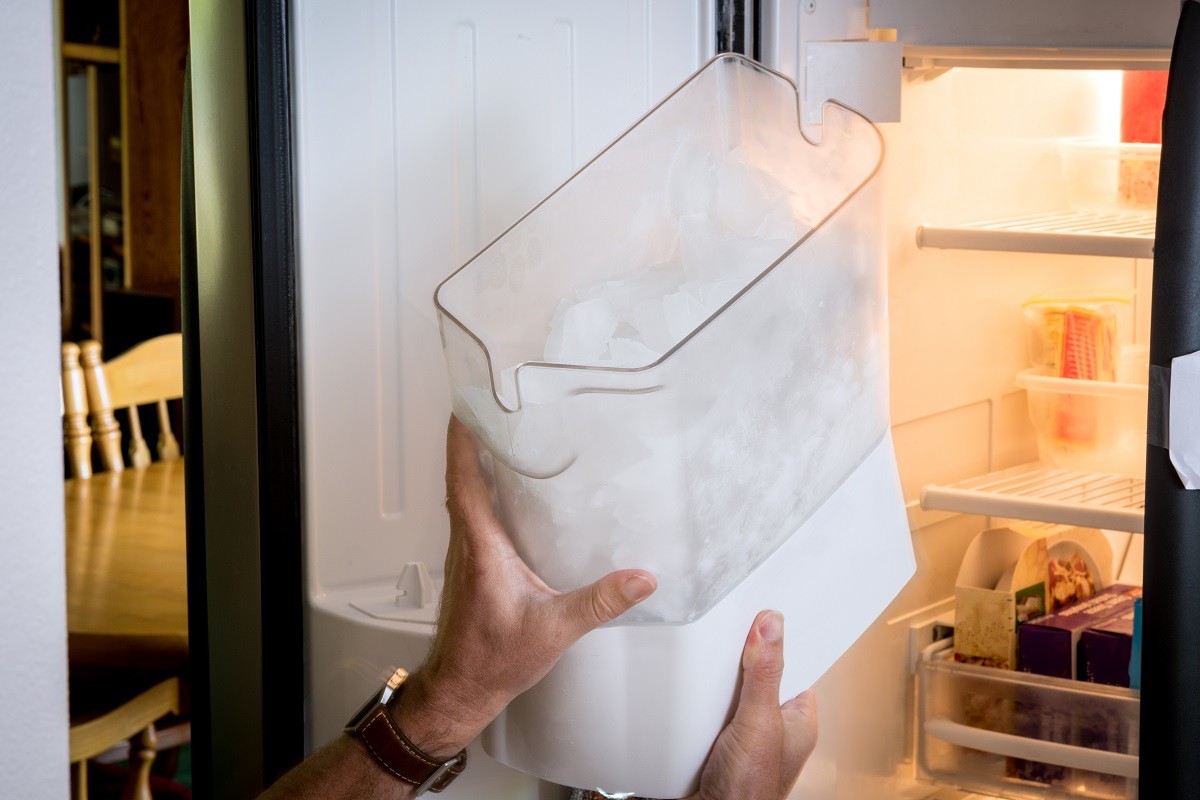
As summer is right around the bend, you’ll want to make sure that your ice maker is in prime condition – for drinks, for cooling
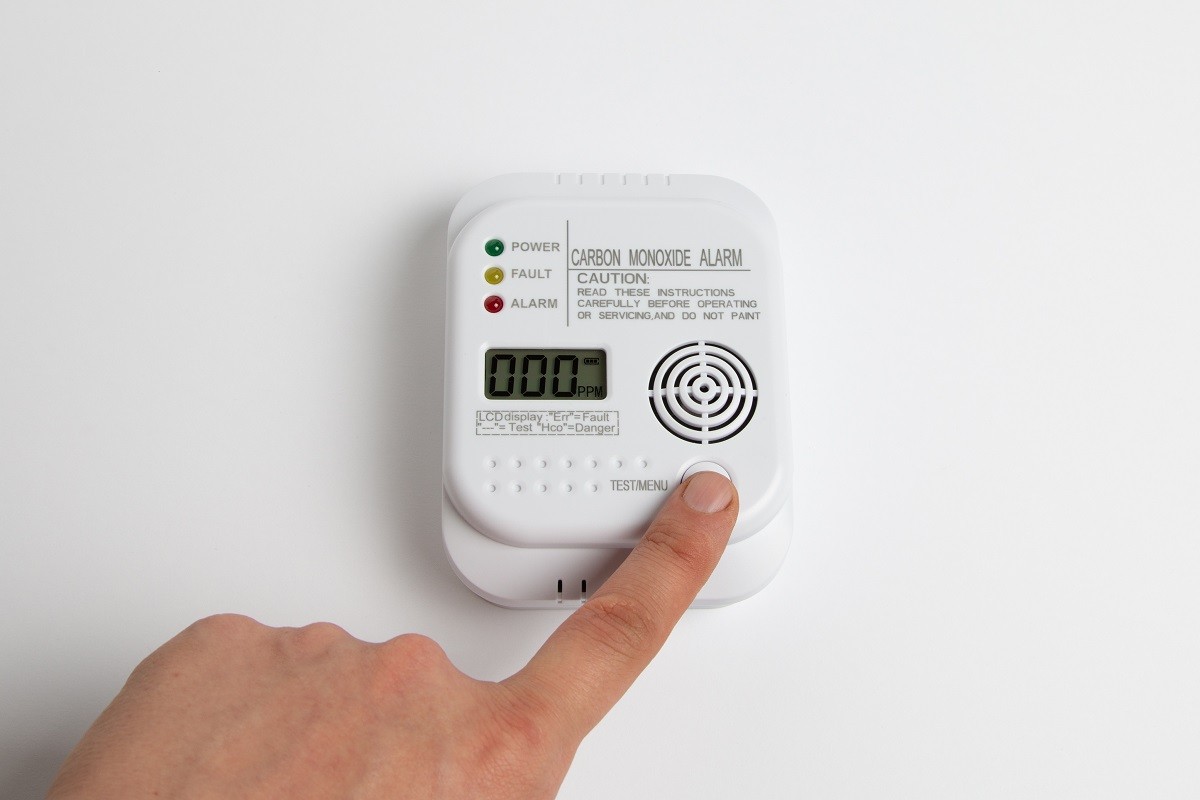
What you can’t see, can’t hurt you – doesn’t apply to carbon monoxide (CO). Sometimes called the “invisible killer,” CO gas cannot be seen, tasted,
Copyright 2025 vipHomeLink Holdings, Inc. – All Rights Reserved | Patents Pending